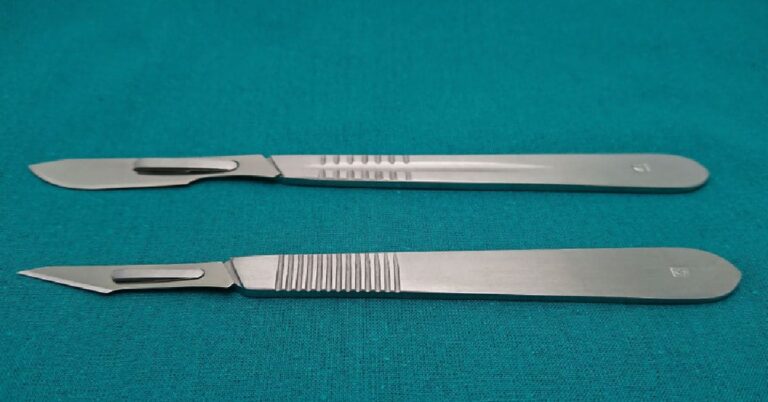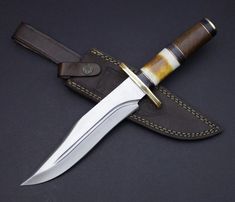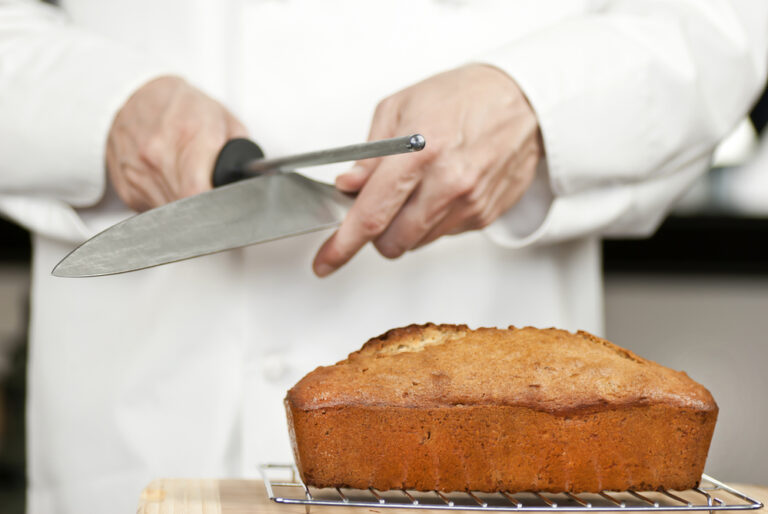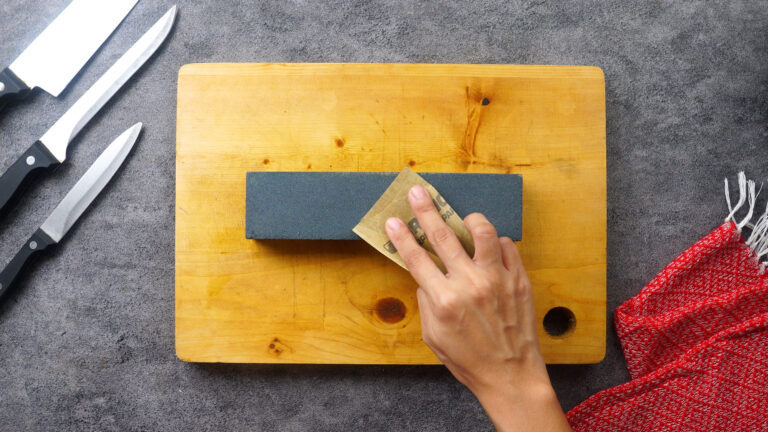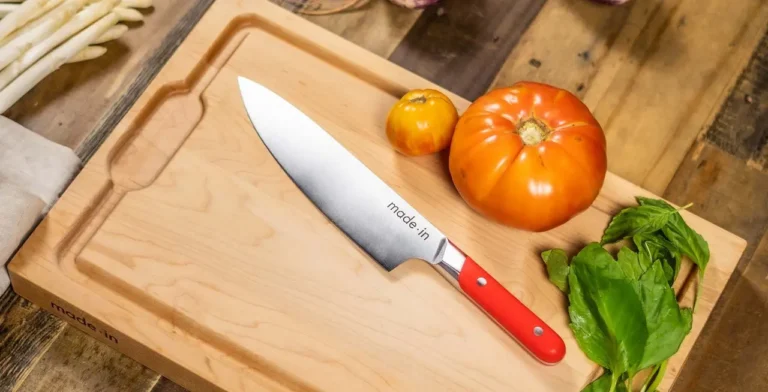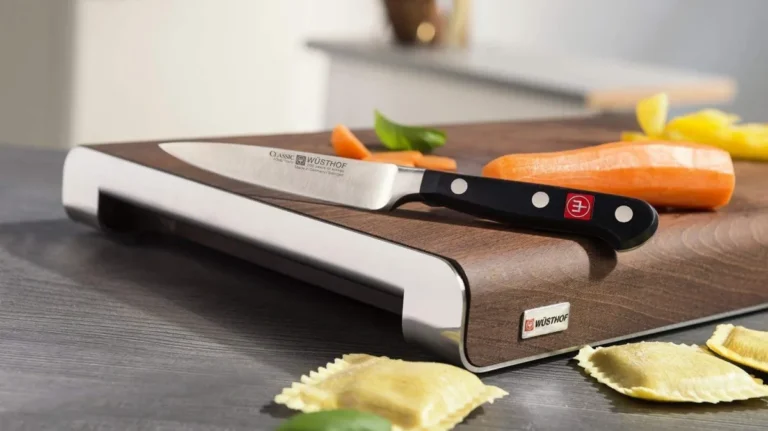How To Close a Pocket Knife
Owning a pocket knife is incredibly useful. Whether you’re slicing open packages or preparing for a wilderness adventure, the versatility of a pocket knife is undeniable. But with the pride of owning one comes the responsibility of handling it safely.
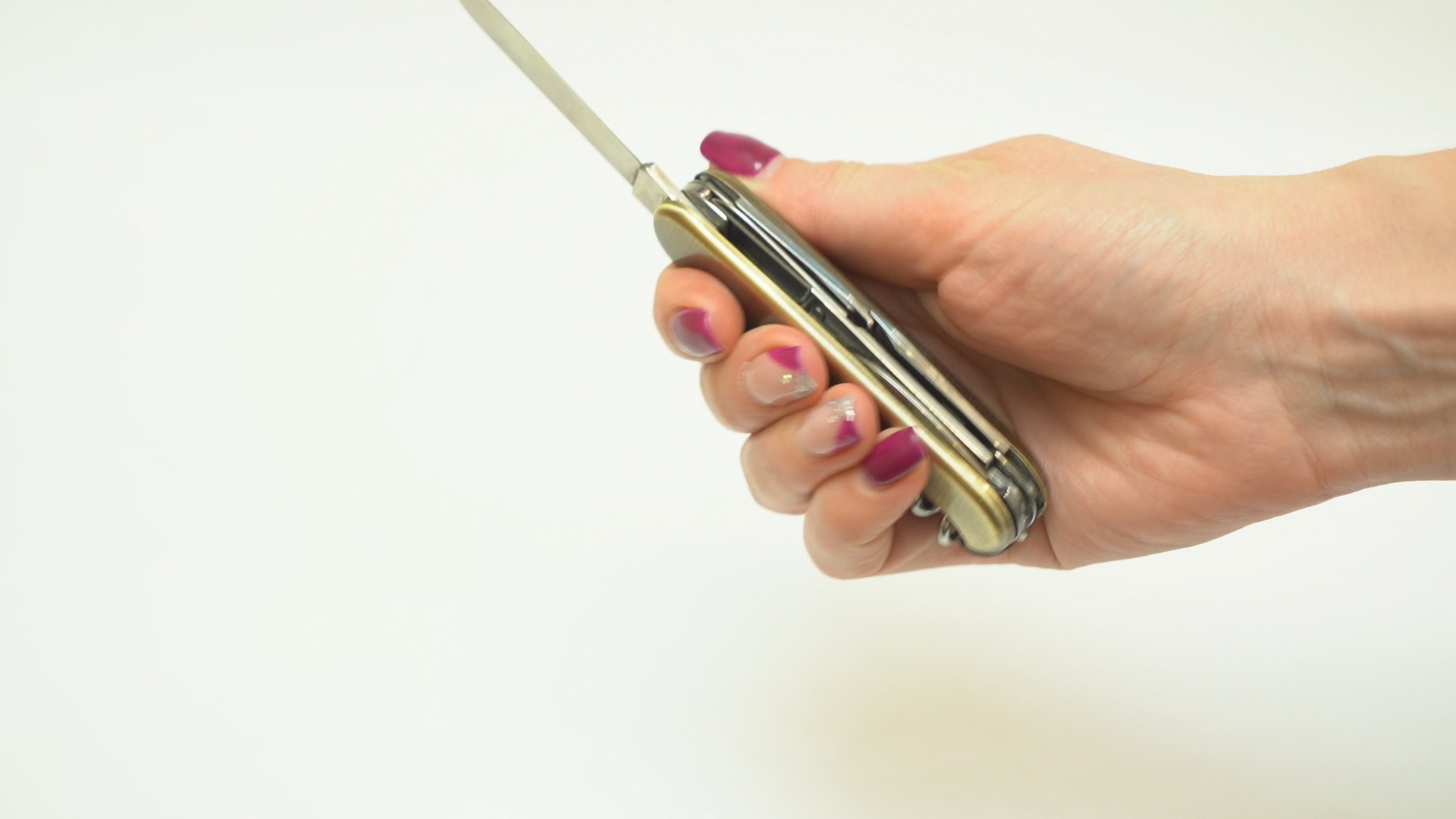
Modern pocket knives come with a variety of folding and locking systems. Understanding how to safely fold them back is crucial for both user safety and the longevity of the knife. If you’re a newbie or just looking to understand the latest locking mechanisms, this guide is for you. Here’s a breakdown of how to safely fold various pocket knives.
Methods to Fold a Pocket Knife: A Brief Guide
Pocket knives come in various styles and sizes. People use them for many tasks, from opening packages to camping. You can clean them with soap and water. If they become dull, you can sharpen them at home.
Before traveling, always check if you can carry them on planes. Remember to store them in dry places to prevent rust. Pocket knives offer a range of folding and locking mechanisms to ensure safety and functionality. The slip joint, a friction-based system, simply requires downward pressure on the blade for closure. Frame locks, on the other hand, use a sliding lock on the handle, while liner locks employ a spring bar inside the handle to secure the blade.
The lock back mechanism, found at the handle’s rear, provides robust security, whereas the Axis lock, a Bench-made innovation, uses a bar and omega springs for locking. Ball bearing locks function similarly to Axis locks but utilize ball bearings. Lastly, the compression lock is akin to the liner lock but features a unique operation and positioning. Each method caters to different user needs and preferences, ensuring the pocket knife’s versatility and safety.
Folding A Pocket Knife: A Detailed Overview
Pocket knives typically use either a locking system or a friction-based mechanism to fold. Locking systems differ in their operation. Generally, you’ll need to find and press the release mechanism to fold a pocket knife with a lock, then fold the blade back into the handle.
Some locks, like the compression lock, require you to hold the release until the blade is fully folded. For friction-based systems, such as the slip joint, simply apply pressure on the blade’s top edge to fold it. Always ensure your fingers are clear of the blade’s path to prevent injuries. Here’s a deeper dive into specific lock types:
- Slip Joint Technique
- Frame Lock Method
- Liner Lock Approach
- Lock back System
- Axis Lock Mechanism
- Ball Bearing Lock Technique
- Compression Lock System
1. Slip Joint Technique
Common in lightweight pocket knives, the slip joint isn’t technically a lock. The blade folds easily with downward pressure. An internal tension bar keeps the blade positioned.
To fold, press down on the blade’s top edge while gripping the handle. These knives can fold unexpectedly, so handle them with care. Notable examples include the renowned Case knives.
2. Frame Lock Method
The frame lock features a handle lock that slides out when the blade is fully extended. It is simple to use. For folding, press the lock inward with your thumb. Then gently press the blade’s top edge. Ensure your fingers are clear of the blade’s path. These knives are not recommended for children due to safety concerns.
3. Liner Lock Approach
It features a spring bar (usually made of stainless steel or titanium) inside the handle. The liner lock secures the blade when fully extended. To fold, shift the liner lock aside with your thumb and fold the blade. Over time, these locks may wear out and require maintenance.
4. Lock Back System
It resembles the frame lock but is located at the handle’s rear. The Lockback is robust and secure but can be trickier to use.
To fold, press the designated spot on the handle’s top. Handle with care, especially when using one hand. The Buck 110 is a classic example of this lock type.
5. Axis Lock Mechanism
A unique design by Bench-made Knives, the Axis-lock uses a bar and omega springs. The bar locks the blade when extended.
To fold, pull the pin while pressing the blade’s top edge. The Bench-made Griptilian is a popular knife with this lock.
6. Ball Bearing Lock Technique
It resembles the Axis lock but uses ball bearings instead of a bar. For folding, push the ball bearing and apply slight pressure on the blade’s top edge.
7. Compression Lock System
Resembling the liner lock but with a twist in its operation and positioning. To fold, press the lock and move it towards the handle’s edge. The Spyderco Paramilitary 2 is a well-known knife with this lock.
Choosing the Right Lock for Your Needs
Your choice of pocket knife lock depends on its intended use, your expertise, and your comfort level. For instance, hunters might prefer liner lock knives, while novices might find the compression lock easier.
Slip-joint knives are best left to seasoned users. Remember, a pocket knife is a valuable tool but can be dangerous if mishandled. Familiarize yourself with your knife’s specific features and practice safe folding techniques. With time and practice, you’ll master the art of safely handling your pocket knife.
Final Verdict
In conclusion, pocket knives, with their myriad locking and folding mechanisms, are a testament to the blend of innovation and safety in everyday tools. From the simplicity of the slip joint to the robustness of the lock back, each mechanism serves a distinct purpose, catering to varied user needs.
As these tools continue to evolve, understanding and mastering their functionalities not only ensures optimal performance but also guarantees user safety. Whether you’re a seasoned outdoorsman or someone who simply appreciates a reliable tool, the pocket knife, with its diverse mechanisms, remains an indispensable companion.
Frequently Asked Questions
By pressing the blade back into the handle and ensuring it’s securely locked.
Potential reasons include dirt, damage, or not applying enough force.
Yes, they typically fold, storing the blade inside the handle.
It uses a mechanism that prevents the blade from accidentally closing.
It’s safer, as you might be unaware of potential risks or the knife’s correct folding position.
Use a mild detergent, warm water, and a soft brush to scrub the blade and handle gently. Dry it thoroughly after cleaning.
Yes, you can use a sharpening stone or a knife sharpener. Always follow the manufacturer’s guidelines.
Manufacturers often use stainless steel, carbon steel, or a combination of both for durability and edge retention.
Store your pocket knife in a dry place, preferably in a knife pouch or sheath to protect the blade

